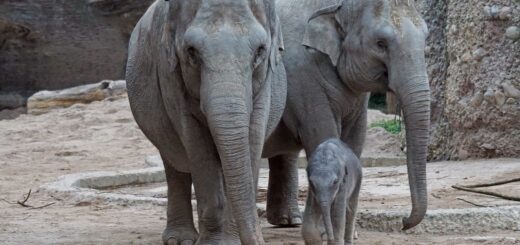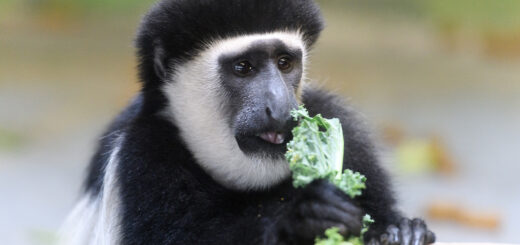Comparative microbiome assessment in primates
Citation
Clayton J. 2019. Comparative microbiome assessment in primates. In Brooks M, Freel T, Koutsos E Eds. Proceedings of the Thirteenth Conference on Zoo and Wildlife Nutrition, Zoo and Wildlife Nutrition Foundation and AZA Nutrition Advisory Group, Saint Louis, MO.
Abstract
The primate gastrointestinal (GI) tract is home to trillions of bacteria that play major roles in digestion and metabolism, immune system development, and pathogen resistance, among other important aspects of host health and behavior. GI and autoimmune diseases such as obesity, diabetes, Crohn’s disease, and ulcerative colitis, all correlated with shifts in microbiome composition, have been dramatically on the rise globally for at least the last 50 years. The Human Microbiome Project was established with the goal of better understanding the role microbial communities play in health and disease. While the research community has made substantial progress in understanding the role microbial communities play in human health and disease, much less attention has been given to host-associated microbiomes in nonhuman primates (NHPs). In an effort to bridge this gap, my collaborators and I established the Primate Microbiome Project (PMP). The overall goal of the project is to develop a systematic map of variation in microbiome structure and function across all primates and to relate this to primate health, evolution, behavior, and conservation. We have begun exploring host-associated microbiomes in NHPs, including red-shanked doucs (Pygathrix nemaeus) and mantled howling monkeys (Alouatta palliata), among other species. Some primate species, such as the red-shanked douc, fail to thrive in captivity due to health issues (e.g., gastrointestinal). Maintenance of many primate species in captive settings is hindered by critical gaps in our understanding of their natural diet and the enteric microbial adaptations that facilitate the digestive process. By comparing wild and captive animals within the same species, we hope to determine whether shifts in gut microbiota are linked with health (e.g., gastrointestinal) in captivity. Microbes can act as indicators for health of the host, thus broad primate microbiome surveys may allow for the development of predictive biomarkers for certain primate diseases, including those linked to diet.
 15_Clayton.pdf 12 KB
15_Clayton.pdf 12 KB








